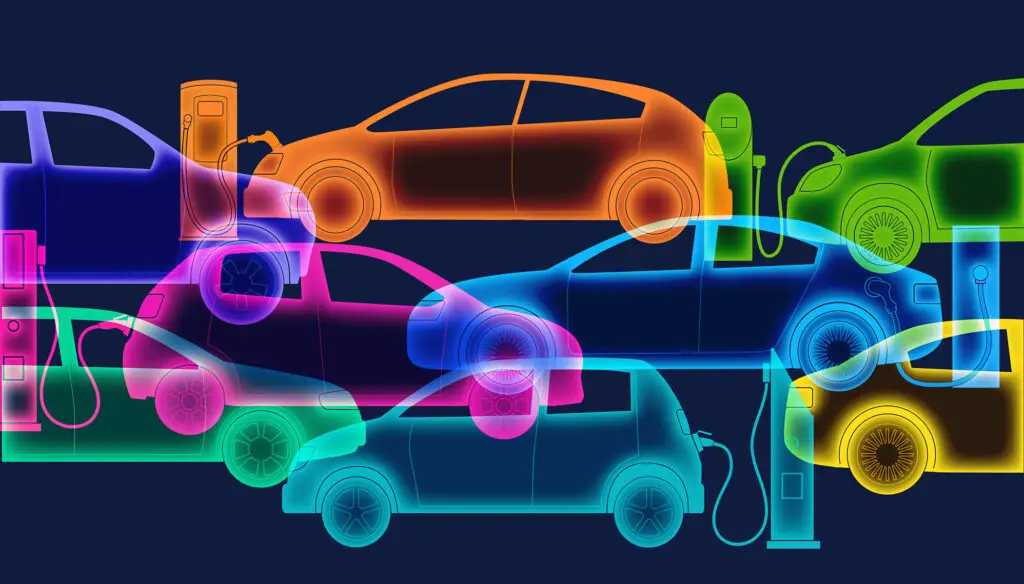Canada’s new national EV Battery Recovery Program shows promise. But its voluntary, OEM-led design risks undermining the circular economy it claims to support.
by Ken Hendricks, Senior Industry Relations Advisor | Automotive Retailers Association
Canada has taken another step into the electric future. This summer, a coalition of vehicle manufacturers, led by Canadian Vehicle Manufacturers Association (CVMA) and Global Automakers of Canada (GAC) in partnership with Call2Recycle Canada, announced the national expansion of the EV Battery Recovery Program—an initiative designed to collect and responsibly manage end-of-life batteries from electric vehicles across the country.
It’s being hailed as a landmark moment: the first national approach of its kind in North America, with promises of sustainability, circular economy benefits, and a streamlined, manufacturer-supported process to recover, repurpose, and recycle batteries that are no longer wanted or usable. For a country accelerating toward a zero-emission future, it sounds like precisely the kind of infrastructure we need.
But here’s the problem: for all its ambition, the program remains a voluntary, OEM-directed patchwork with little regulatory teeth, no binding guarantees, and minimal engagement from the people who actually handle these batteries—auto recyclers, dismantlers, and the small businesses at the forefront of managing EVs at end-of-life.
In short, it is a good start, but it is far from the solution Canada needs.
The promise of the program
Launched originally in Quebec in 2023 as a regional pilot, the EV Battery Recovery Program has now gone national, offering recyclers, insurers, garages, and others a way to submit pickup requests for EV batteries through the EVBatteryRecovery.ca portal. The idea is to manage the growing volume of lithium-ion batteries from hybrids, plug-in hybrids, EVs, and fuel cell vehicles that fall outside traditional warranty or recall coverage.
On the surface, this makes sense. End-of-life batteries are heavy, hazardous, and expensive to store. Many recyclers, particularly in rural or remote areas, have struggled to responsibly dispose of “zero- or negative value” batteries, often left stranded on their shelves for months. With the EV market poised to surge in the coming decade, solving this bottleneck is essential.
The program’s messaging is equally compelling. It supports the circular economy. It reduces environmental risk. It complements existing manufacturer-led programs. It’s a coordinated national effort that, according to industry press releases, will “reduce environmental impact,” “recover valuable materials,” and “increase dialogue” among stakeholders.
What’s not to like?
Well—plenty, once you take a closer look.
To continue reading the full article, sign in to the Fall 2025 issue or sign up for your FREE digital edition here.
Excerpted from the Fall 2025 issue of Collision Quarterly.


